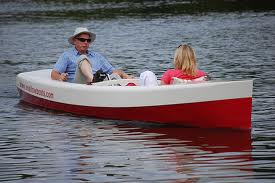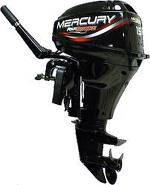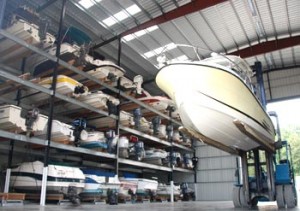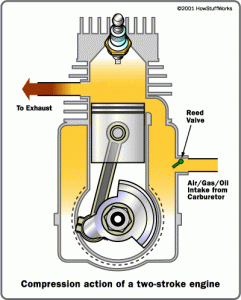Transporting an Outboard Motor
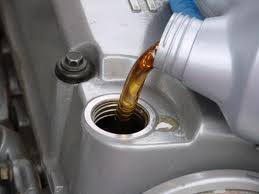 Today we’re going to touch on proper transportation. This may seem like a no-brainer, but you would be surprised by the number of boat owners who cause damage to their outboard motors by not transporting them correctly. Driving with the outboard motor loaded to the transom is fine, but if the outboard is in the “up” position with an unsupported lower unit, every bump in the road is concentrated on the bolts of the fiberglass transom.
Today we’re going to touch on proper transportation. This may seem like a no-brainer, but you would be surprised by the number of boat owners who cause damage to their outboard motors by not transporting them correctly. Driving with the outboard motor loaded to the transom is fine, but if the outboard is in the “up” position with an unsupported lower unit, every bump in the road is concentrated on the bolts of the fiberglass transom.
Now you may be thinking to yourself, “I always transport my motorboat the way you described. If I don’t, the motor will scrape the lake bottom when landing.” True, a tilt may be necessary, but there is no good reason to not right the motor once the boat has been loaded onto the trailer. Once the boat has been loaded, the motor lowered, and the hull cleaned, take the opportunity to check to see if the motor needs to be topped off with the best outboard motor oil.



